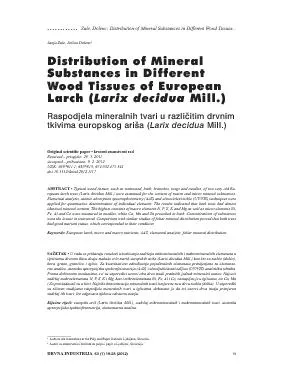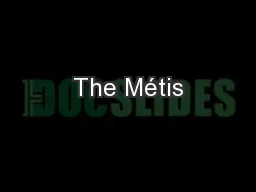PDF-Zule, Dolenc: Distribution of Mineral Substances in Different Wood Tis
Author : ash | Published Date : 2021-02-11
Zule Dolenc Distribution of Mineral Substances in Different Wood Tissues DRVNA INDUSTRIJA Figure 2 Figure 3 Figure 4 FTIR spectra of ash from needlesFTIR spektar
Presentation Embed Code
Download Presentation
Download Presentation The PPT/PDF document "Zule, Dolenc: Distribution of Mineral Su..." is the property of its rightful owner. Permission is granted to download and print the materials on this website for personal, non-commercial use only, and to display it on your personal computer provided you do not modify the materials and that you retain all copyright notices contained in the materials. By downloading content from our website, you accept the terms of this agreement.
Zule, Dolenc: Distribution of Mineral Substances in Different Wood Tis: Transcript
Download Rules Of Document
"Zule, Dolenc: Distribution of Mineral Substances in Different Wood Tis"The content belongs to its owner. You may download and print it for personal use, without modification, and keep all copyright notices. By downloading, you agree to these terms.
Related Documents














